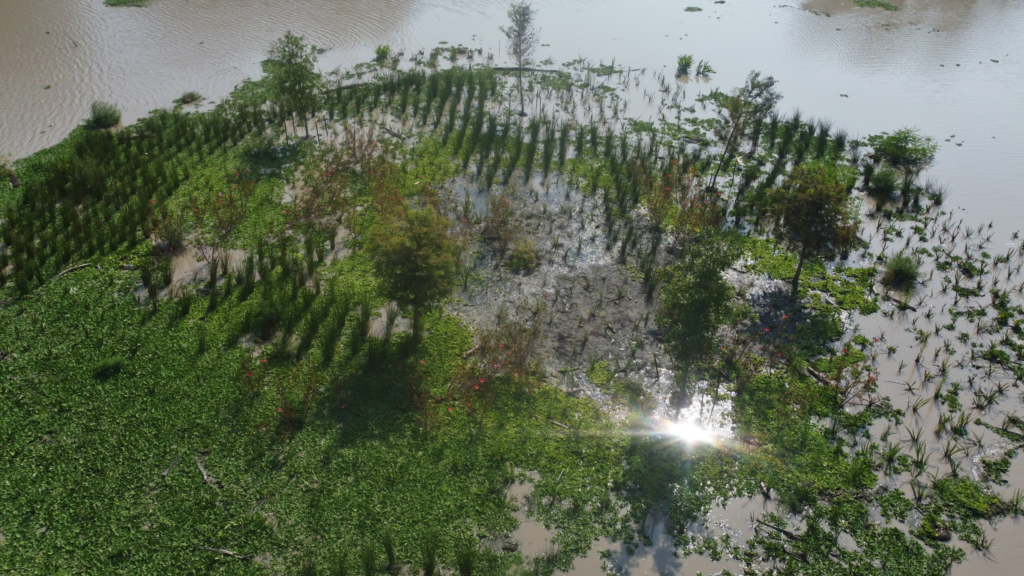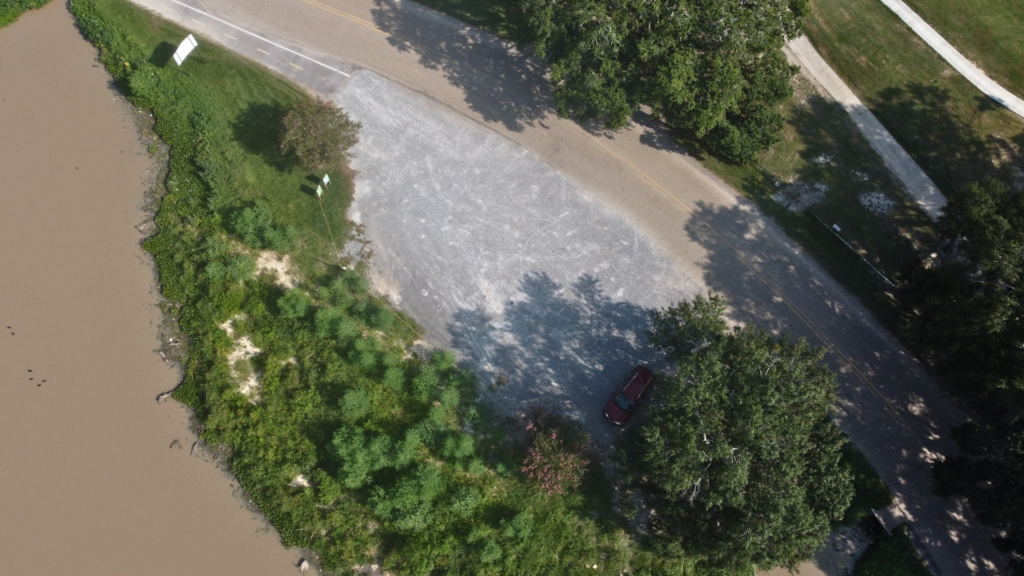Since it started in earnest a year ago, the long-awaited effort to overhaul the University Lakes has progressed significantly, with most of the dredging and deepening of City Park Lake now complete.
But overgrown shorelines, heavy equipment, some closed roadways and a large berm surrounding the LSU Bird Sanctuary make it both tough on the eyes and hard to measure success. Residents are wondering when the keystone project will finally resemble the 2016 master plan depicting better pedestrian amenities and water recreation.
Progress, while slow, is being made. Here’s an explainer on where things are one year into the multiphase project.
|
|
|
Phase 1 dredging is nearly complete
Take a look at City Park Lake, and you’ll see its waters have become deeper and more dynamic. The raking, dredging and deepening of City Park Lake and its smaller ancillary Lake Erie is now about 99% complete, says Mark Goodson, principal, planning and resilience practice lead with CSRS, the firm charged with coordinating the University Lakes Project.
Dredging is also underway in the northern half of University Lake as well as College Lake, part of Phase 2A. (This has been happening in concert with Phase 1.) Phase 2B, which was funded in the 2024 legislative session, will dredge and deepen the remaining half of University Lake immediately following the completion of Phase 2A. Deepening the lakes to about 6 feet (and 9 feet in certain places) is the main strategy for improving their overall flow and health.
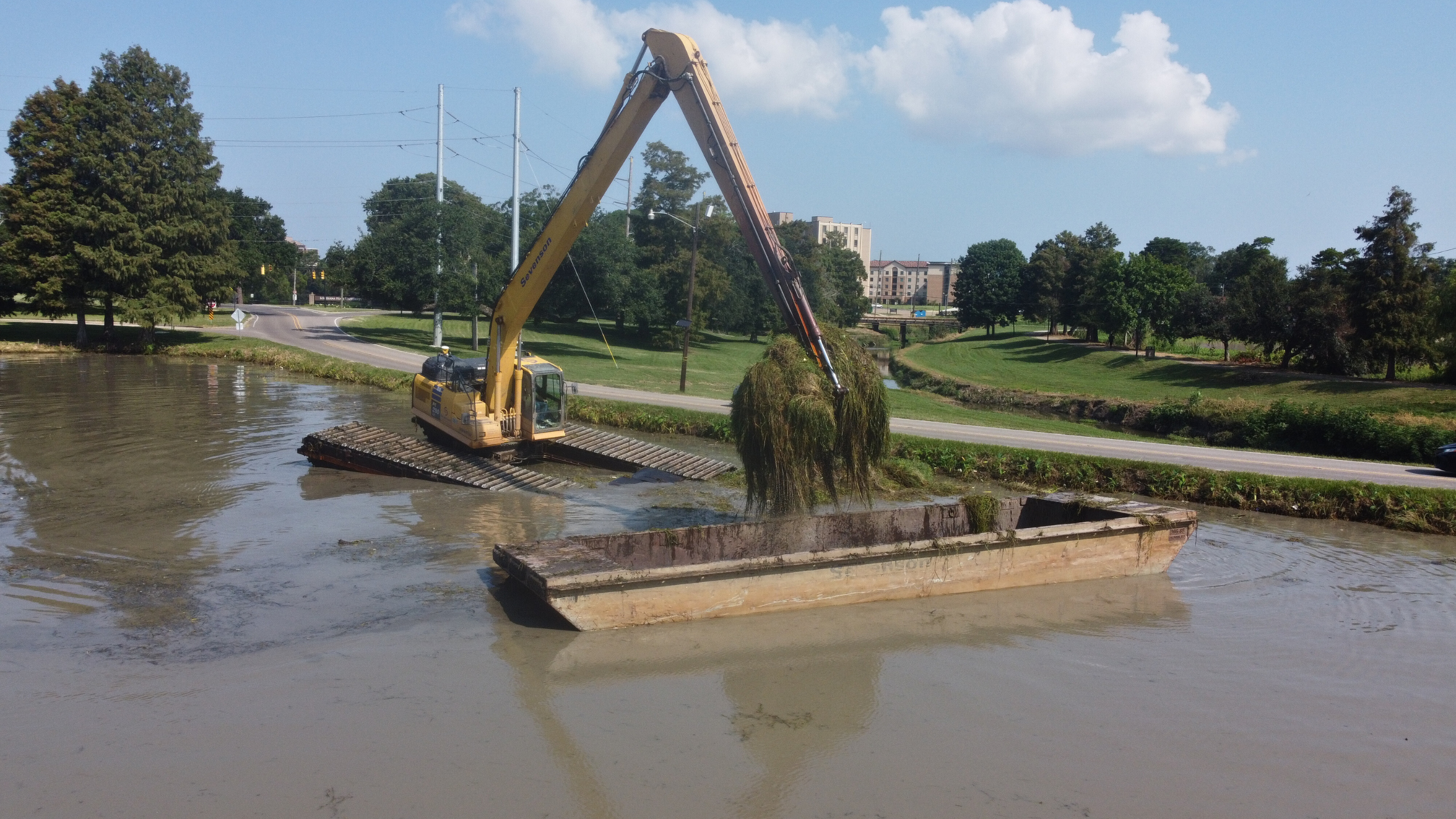
In a few months, overgrown shorelines will be relandscaped
Some residents have expressed concern on social media about the marshy conditions and abundance of weeds along both lakes’ shorelines. But there’s a strategy at work, Goodson says.
If the shorelines look bigger, that’s because sediment removed from the water bottom has been systematically added to them throughout the dredging process. Building up the shorelines with dredge material accomplishes a few things, Goodson explains. It eliminates the exorbitant cost of hauling away what will ultimately be 1 million cubic yards of mud and debris. And it allows for beautification and possible recreational use down the road. The built-up shorelines also help slow and filter runoff before it enters the lakes, Goodson says. And they provide a “littoral shelf,” the edge where the water and land meet in which fish and birds dine on insects amid native plant life.
“That’s what we refer to when we say, ‘living shorelines,’” he says.
No surprise, weeds and volunteer plants have exploded along the expanded embankments throughout the spring and summer. This overgrowth will be cleared this fall and the banks replanted with a wide variety of native species, Goodson says. Dozens of different plants will be used, and they will be kept relatively low to ensure views of the lake aren’t blocked. In the next few weeks, the landscaping of City Park Lake and Lake Erie will be out for bid, he says.
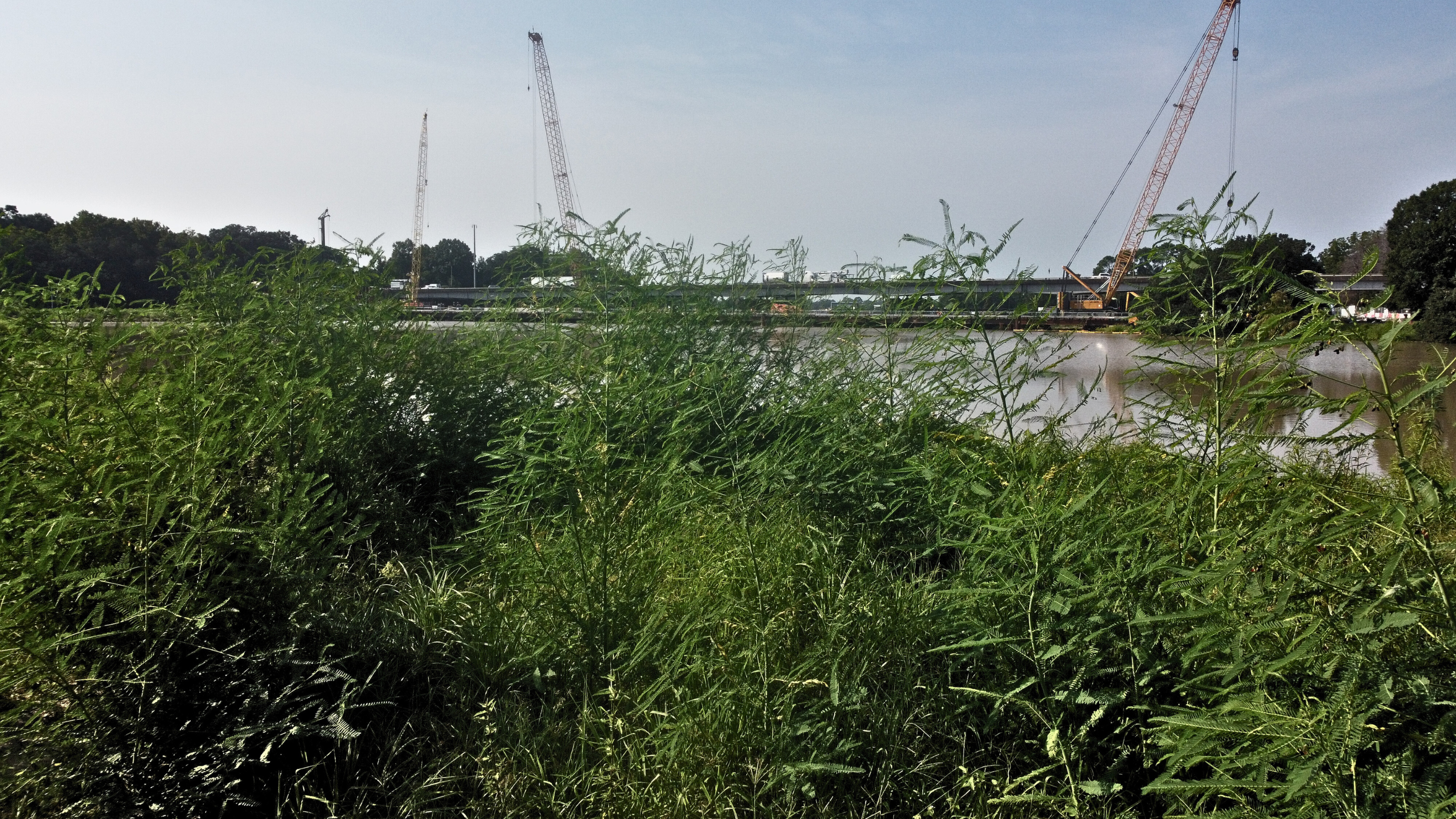
 Work on the May Street bridge spanning both lakes now out for bid
Work on the May Street bridge spanning both lakes now out for bid
Along with dredging City Park Lake, Phase 1 includes the realignment of May Street, the two-lane road between City Park and University Lake. A contractor will be selected by the end of this month and work will begin in the next few months to improve the roadway, including the addition of a bridge that spans the two lakes, soon to be hydrologically connected. Eventually, you’ll be able to canoe or kayak between both, organizers have said. The May Street work will also include badly needed pedestrian pathways along May Street and its intersections. That work is currently out for bid and the project will be completed in 2026, Goodson says.
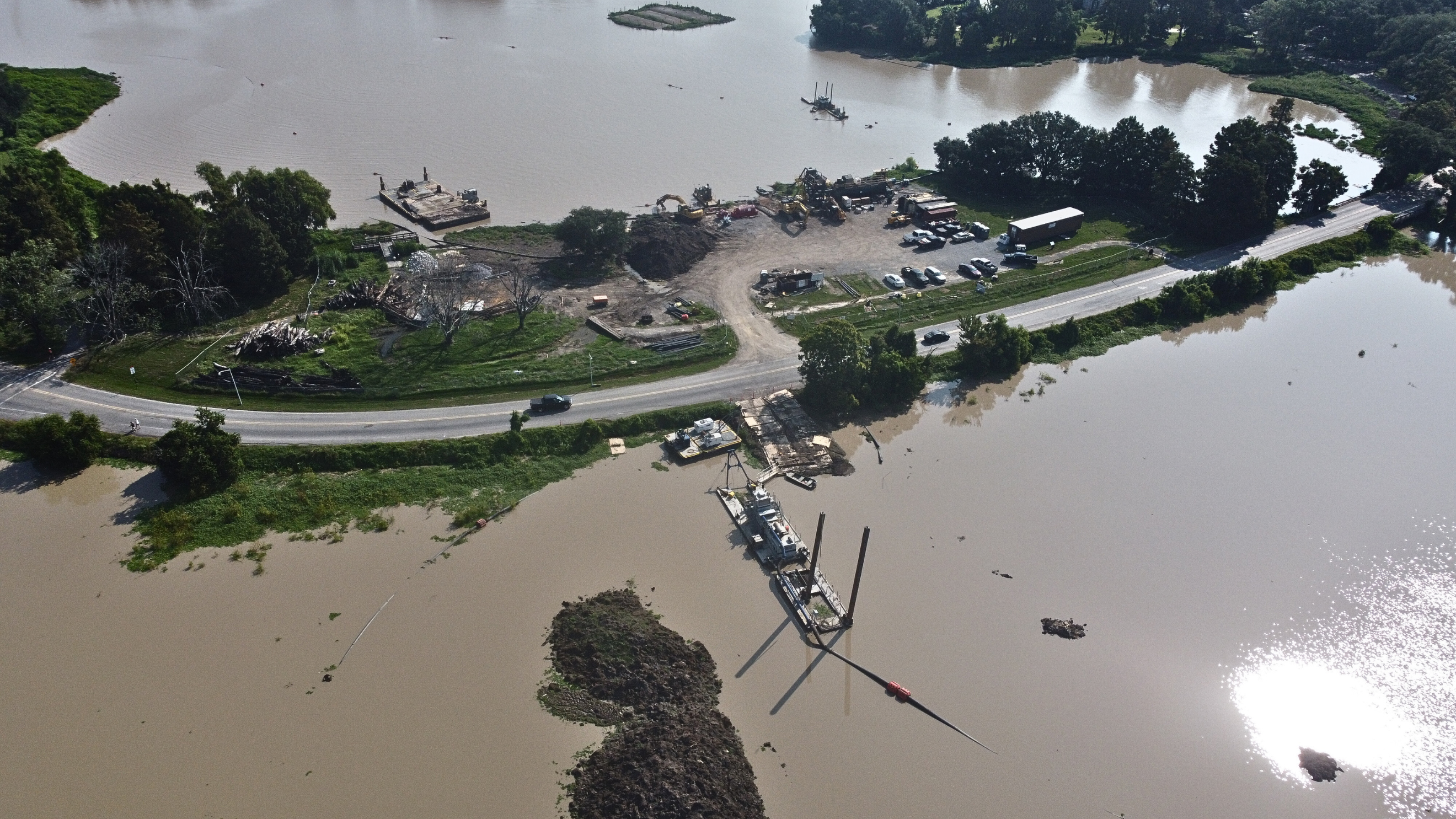
LSU Bird Sanctuary shoreline and land mass to increase significantly
While some dredge material is being used to create living shorelines, the majority of it is being pumped inside a new sediment containment area surrounding the LSU Bird Sanctuary on University Lake, Goodson says. This will result in the Bird Sanctuary effectively doubling in size, he adds, a necessary tradeoff due to the prohibitive cost of hauling away the spoils. But while the peninsula’s land mass will increase, don’t expect to see stands of hardwood trees protrude into the lake. Rather, the Bird Sanctuary shoreline will be landscaped much the same way as the living shorelines, with low-lying native plants. That should alleviate residents’ concerns about the bird sanctuary obstructing views, since it will not be allowed to grow into a forest, Goodson says.


Got questions? Open house to be held this week
A public meeting will be held this Thursday, Aug. 15, 6-7 p.m. at the LSU Foundation, 3796 Nicholson Drive. Organizers will provide a status update on the project and answer questions from the public.






